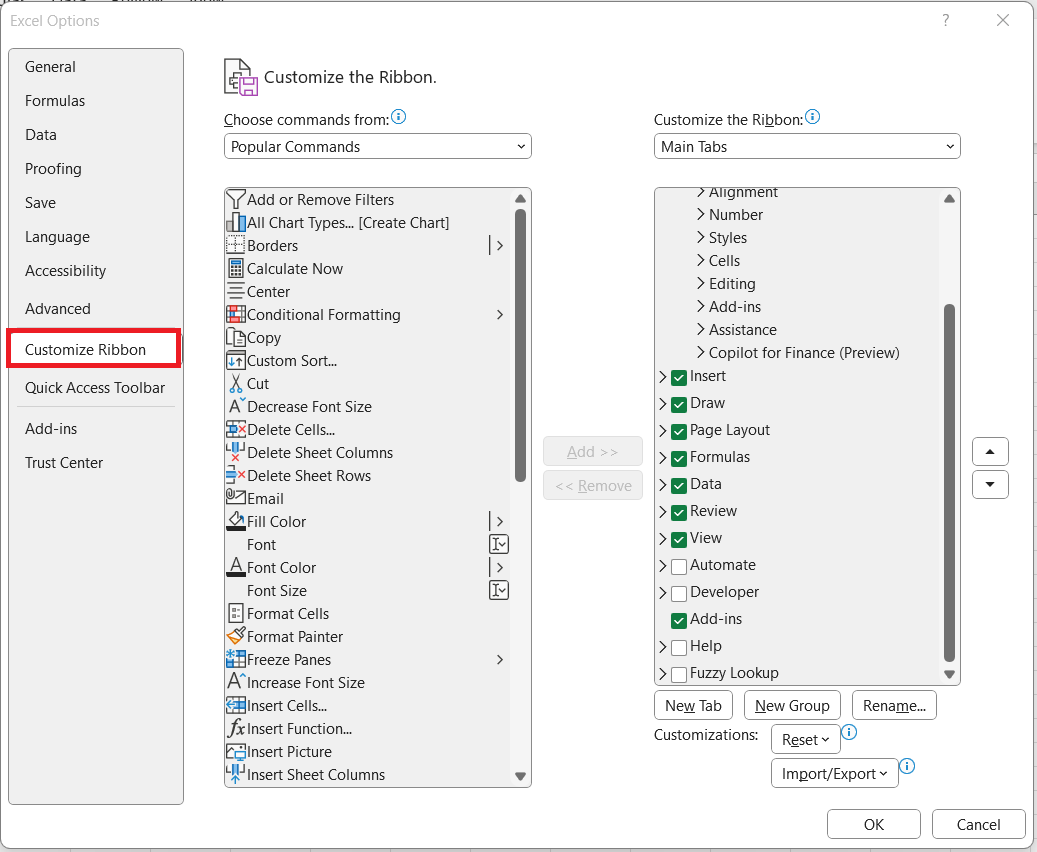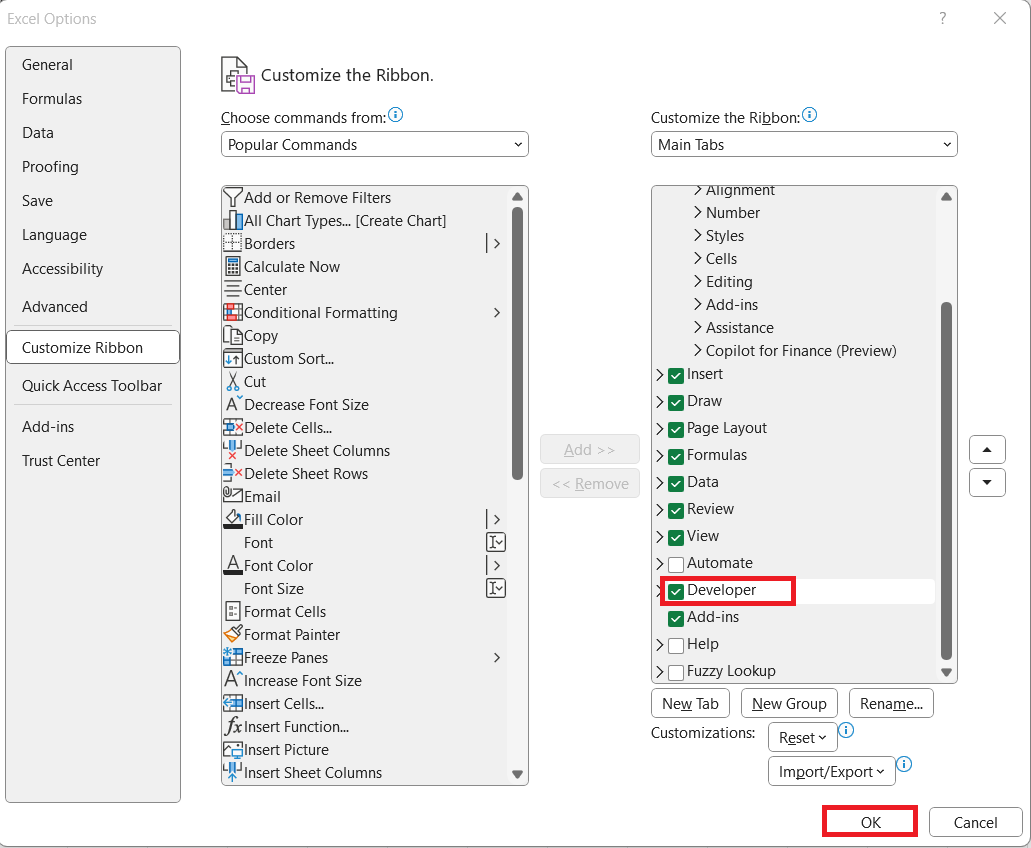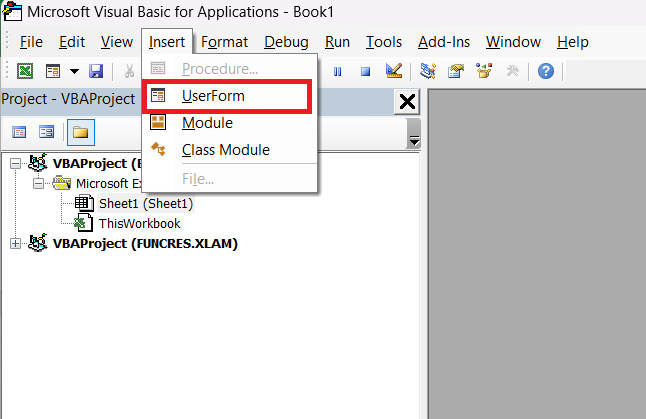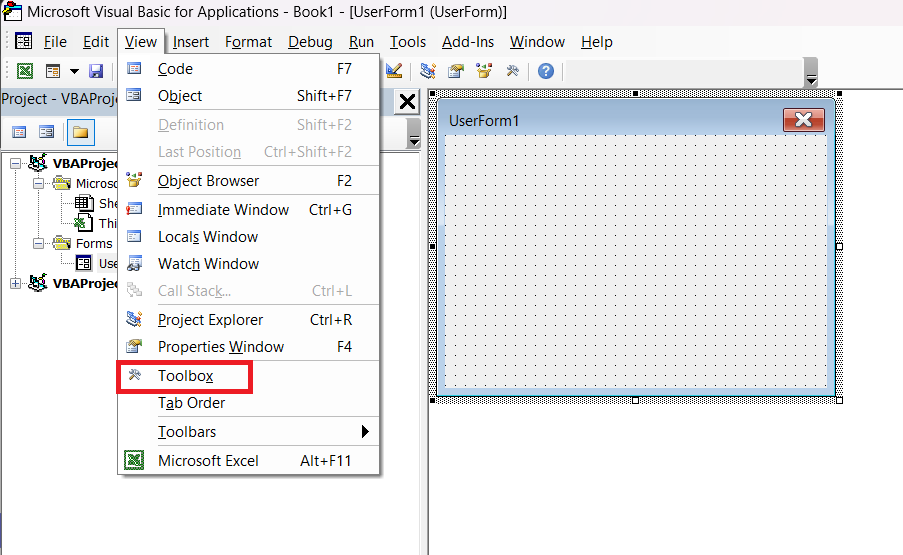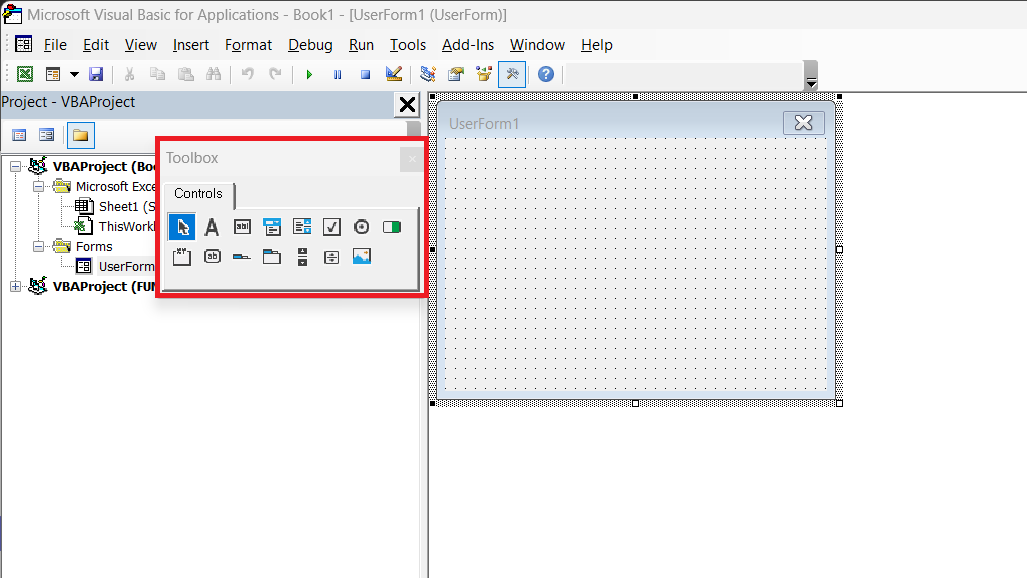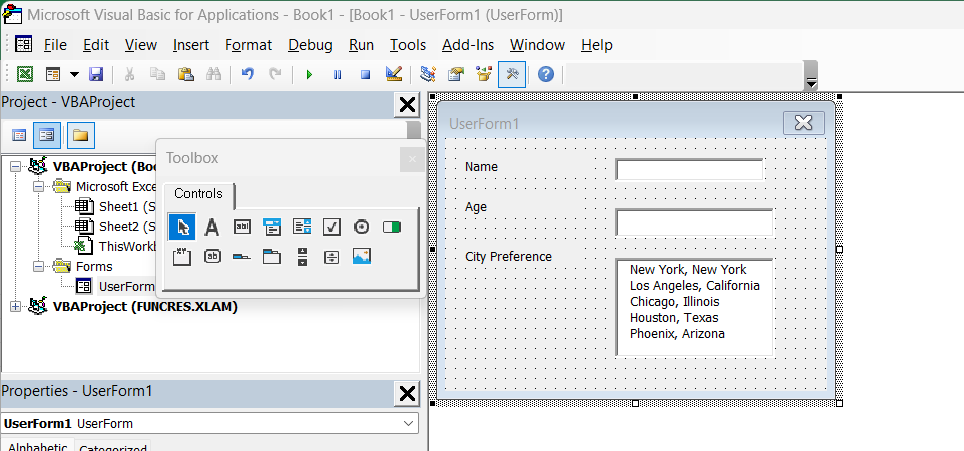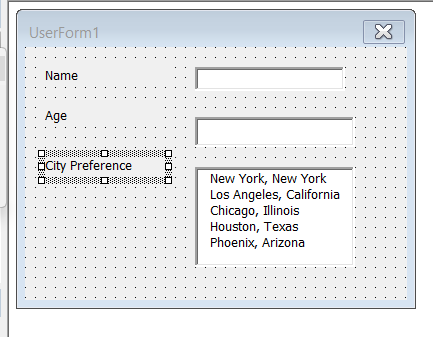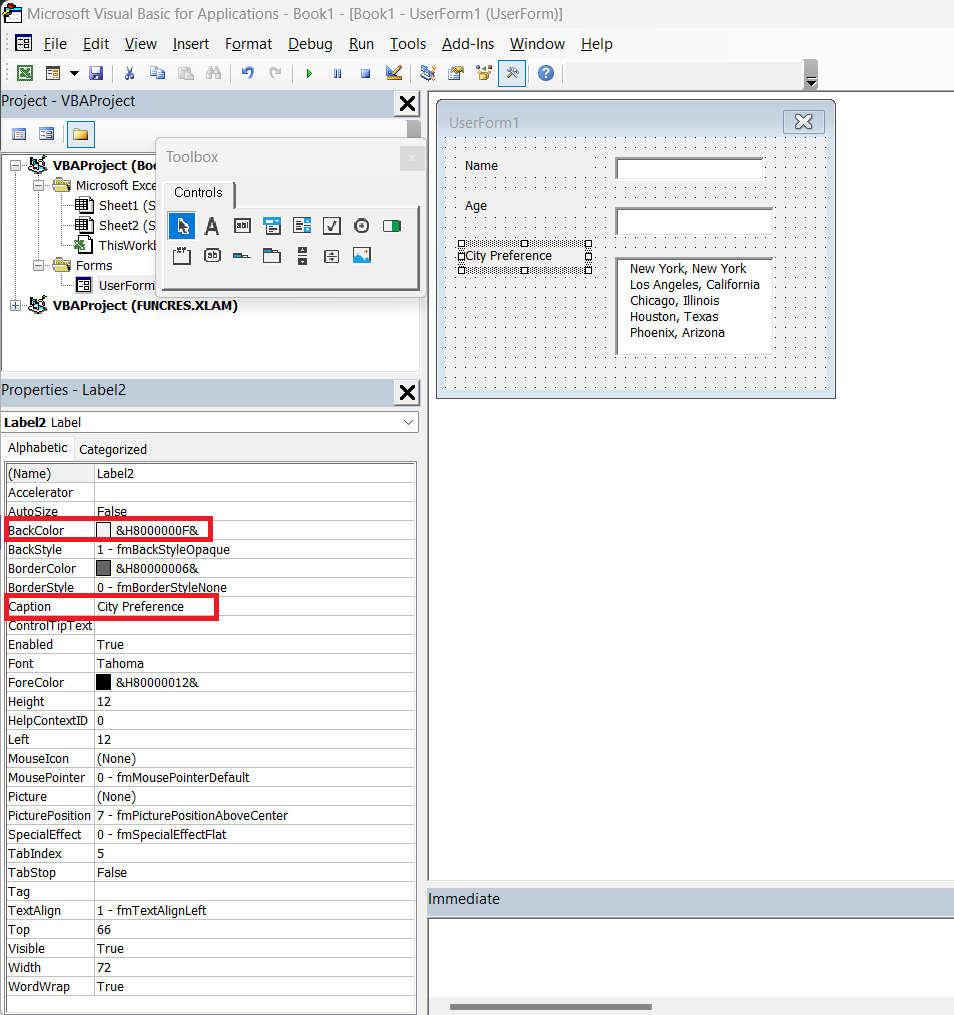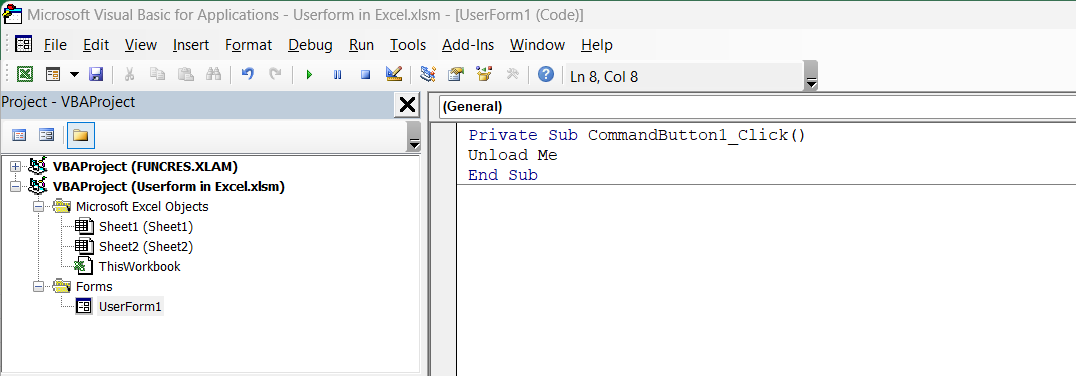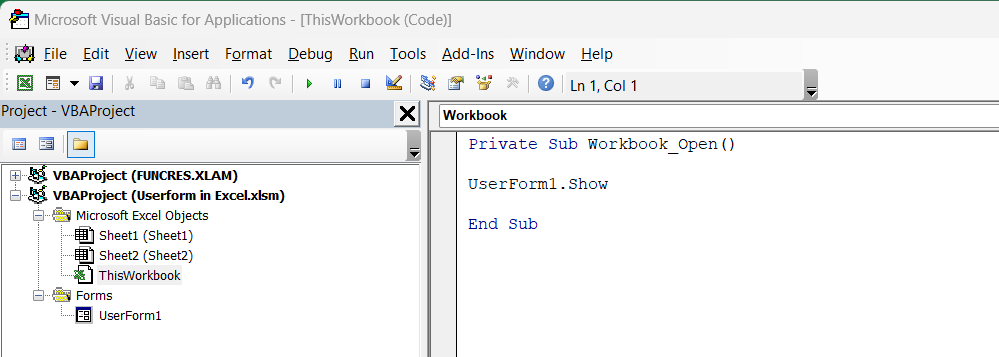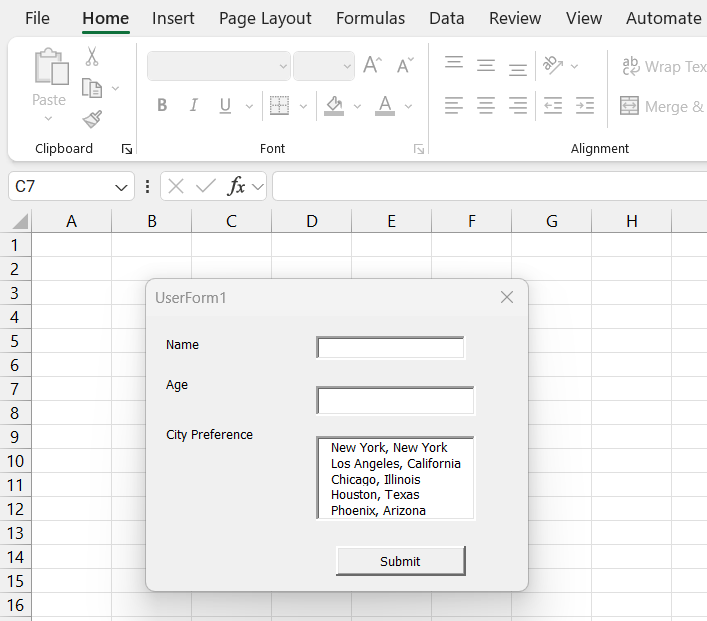Microsoft Excel is a powerful tool that goes beyond just spreadsheets and data analysis. One of the lesser-known but incredibly useful features I’ve discovered is the ability to create UserForms. These forms can significantly enhance the interactivity and usability of Excel applications. Let me share my experience and guide you through the process of creating and using UserForms in Excel.
Key Takeaways:
- UserForms in Excel enhance interactivity and usability by allowing structured data entry.
- Enabling the Developer tab is necessary to create UserForms, accessed via the File menu, Options, and Customize Ribbon.
- Creating a UserForm involves inserting it through the Visual Basic editor and adding controls like text boxes and buttons.
- Customizing UserForm controls can be done via the Properties window to adjust attributes such as name and color.
- VBA code is required to define the behavior of UserForm controls and to display the UserForm using a macro.
Table of Contents
What is a UserForm?
A UserForm is a custom dialog box that I can create in Excel to capture user input. It’s a great way to make spreadsheets more interactive, especially when I need to gather information from users in a structured manner. UserForms can contain various controls like text boxes, buttons, combo boxes, and more, making data entry easier and more intuitive.
Why Use a UserForm?
Before diving into the how-to, let me explain why I might want to use a UserForm:
- Enhanced User Experience: UserForms provide a more professional and user-friendly way to interact with data.
- Error Reduction: By using drop-down lists and other controls, I can minimize data entry errors.
- Streamlined Data Entry: UserForms can simplify the data entry process, especially for complex or repetitive tasks.
- Customization: I can tailor UserForms to fit specific needs and workflows, making my Excel applications more versatile.
Getting Started with UserForms
Enable the Developer Tab
To create a UserForm, I need to access the Developer tab in Excel. If I don’t see it, I can enable it by following these steps:
STEP 1: Click on the “File” menu.
STEP 2: Select “Options.”
STEP 3: In the Excel Options dialog box, select “Customize Ribbon.”
STEP 4: Check the box next to “Developer” in the right pane. Click “OK.”
The Developer tab will now appear on the ribbon.
Creating Userform in Excel
Once the Developer tab is enabled, I can follow the steps below to create a userform in Excel –
STEP 1: Click on the “Developer” tab. Click on “Visual Basic” in the “Code” group.
STEP 2: Click on “Insert” in the menu bar and select “UserForm.”
A blank UserForm will appear, and I can start adding controls to it.
Add Controls to the UserForm
I can add various controls to the UserForm, such as text boxes, labels, buttons, and combo boxes. Here’s how I do it:
- Toolbox: The toolbox should appear automatically when I insert a UserForm. If it doesn’t, I click on “View” and select “Toolbox.”
The toolbox will be added.
- Adding Controls: I drag and drop the controls I need from the toolbox onto my UserForm. I can resize and position them as required.
Customize the Controls
After adding the controls, I can customize their properties:
Select a Control: I click on the control I want to customize.
Properties Window: The properties window will show various attributes I can modify, such as the name, caption, and color.
Write VBA Code
To make the UserForm functional, I’ll need to write VBA code. This code defines the behavior of the controls and how they interact with the Excel data.
STEP 1: Double-Click a Control: This will open the code window for that control.
STEP 2: Add Code: I write the necessary code to handle events like button clicks or data validation.
Here’s a simple example of a VBA code for a button that closes the UserForm:
Private Sub CommandButton1_Click() Unload Me End Sub
Show the UserForm
Finally, I’ll need to write code to display the UserForm. I can do this by creating a macro or linking it to a button on my Excel worksheet.
Here’s an example of a macro to show the UserForm:
Sub ShowUserForm() UserForm1.Show End Sub
Once you open the workbook, the userform will appear on its own.
Conclusion
Creating UserForms in Excel can seem daunting at first, but with a bit of practice, I’ve found them to be a valuable addition to my toolkit. They can make spreadsheets more interactive, user-friendly, and efficient. By following the steps above, I started building my own UserForms and took my Excel skills to the next level.
I hope you find this guide helpful. Happy coding!
FAQs
1. What is a UserForm in Excel?
A UserForm is a custom dialog box that I can create in Excel to capture user input. It enhances the interactivity of spreadsheets by allowing structured data entry through various controls like text boxes, buttons, and combo boxes. This makes data entry more intuitive and user-friendly.
2. Why should I use a UserForm in Excel?
UserForms provide a professional and user-friendly interface for interacting with data. They help reduce errors by using controls like drop-down lists and streamline data entry for complex or repetitive tasks. Additionally, UserForms can be customized to fit specific workflows, making Excel applications more versatile.
3. How do I enable the Developer tab in Excel?
To enable the Developer tab, I click on the “File” menu, select “Options,” then choose “Customize Ribbon.” In the right pane, I check the box next to “Developer” and click “OK.” The Developer tab will now appear on the ribbon, allowing access to the tools needed to create UserForms.
4. What are the steps to create a UserForm in Excel?
First, I enable the Developer tab and open the VBA editor by clicking “Visual Basic” in the “Developer” tab. Then, I click “Insert” in the VBA editor and select “UserForm.” A blank UserForm appears, where I can add controls like text boxes and buttons from the toolbox. Finally, I write VBA code to define the behavior of the controls.
5. How do I display a UserForm in Excel?
To display a UserForm, I write a macro that shows the UserForm. For example, I can use the following code: Sub ShowUserForm() UserForm1.Show End Sub. This macro can be linked to a button on the worksheet, so when the button is clicked, the UserForm appears, ready for user interaction.
John Michaloudis is a former accountant and finance analyst at General Electric, a Microsoft MVP since 2020, an Amazon #1 bestselling author of 4 Microsoft Excel books and teacher of Microsoft Excel & Office over at his flagship MyExcelOnline Academy Online Course.



